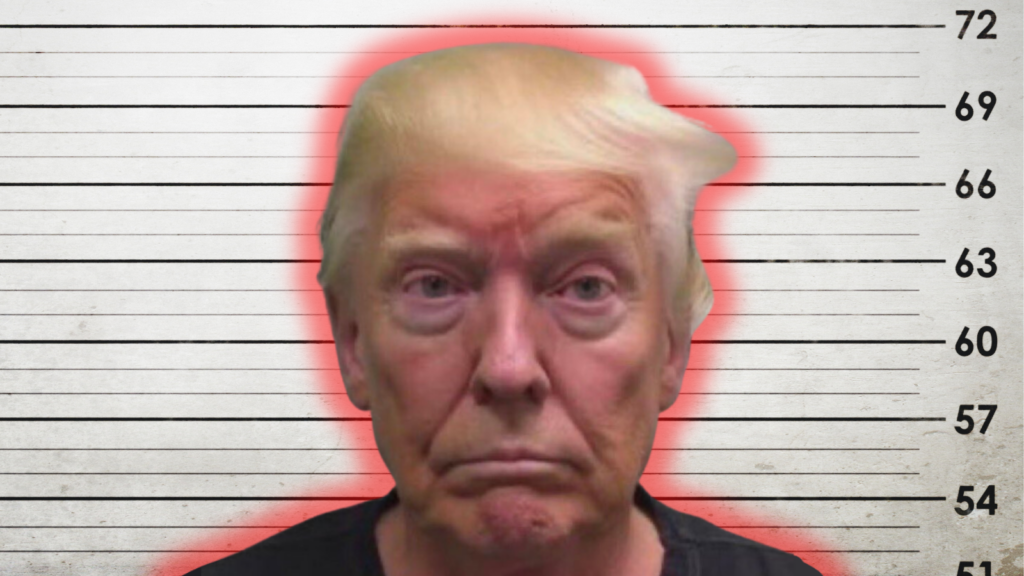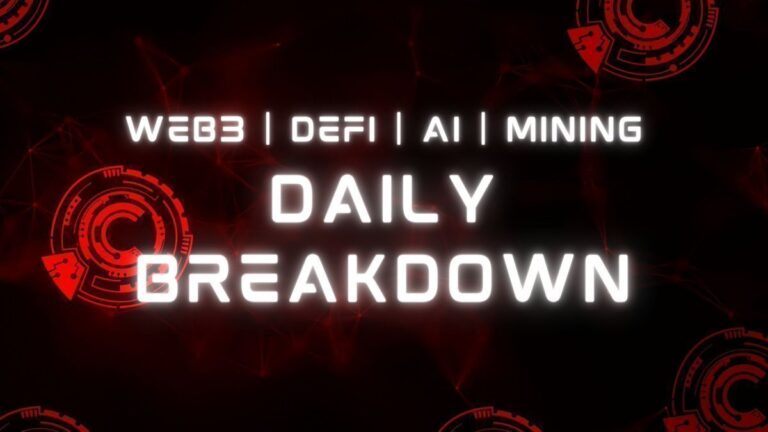
America’s Dichotomous Political Theatre
The polarization in American politics is a palpable reality that has reached alarming heights. Accusations of media bias, unaccountability, and different applications of justice based on political affiliations plague both ends of the spectrum. While the supporters of Donald Trump argue that his presidency faced undue scrutiny based on unfounded allegations, critics of the Biden administration likewise accuse it of political misconduct without significant repercussions. Amidst this contention, the prospect of a mugshot related to Trump’s legal entanglements has become a flashpoint. This article delves into how blockchain technology could help mitigate issues of digital asset fraud and misinformation in this context.
The Digital Dilemma: Fabricated Mugshots as Case Studies
Simulated mugshots of Donald Trump have flooded social media platforms, raising questions about the legitimacy of digital assets. The phenomenon highlights broader issues related to the proliferation of misinformation and the challenge of authenticating digital information. In this volatile milieu, blockchain technology offers a systematic, tamper-proof approach to secure the truth.
Blockchain’s Indispensable Role in Authenticating Truth
Timestamping and Immutability
Blockchain technology works as an immutable ledger, where each recorded entry is irrevocable and timestamped. When applied to digital assets like mugshots, these features serve as incontrovertible proof of an asset’s originality and integrity. By preserving an authoritative record, blockchain minimizes the room for dispute and acts as a foundational cornerstone for truth.
Transparency with Granulated Access Control
One of the remarkable characteristics of blockchain is its capability to provide transparency while also safeguarding sensitive information. Hashes of data, such as an actual mugshot, can be publicly available for authentication purposes, thus confirming the data’s legitimacy without exposing its confidential attributes.
Ownership, Intellectual Property, and Accountability in the Blockchain Era
Clear-Cut Attribution
Blockchain’s mechanisms provide an efficient way to definitively attribute credit and assign accountability. When a digital asset is initially registered on a blockchain, the act establishes irrefutable ownership. This process is particularly crucial in politically charged scenarios where misinformation can have significant consequences.
Streamlined Licensing and Royalties through Smart Contracts
Blockchain allows for the automation of licenses and royalties via smart contracts, thereby eliminating the cumbersome bureaucratic procedures often associated with these transactions.
Countering Misinformation Through Credibility Scoring and Real-Time Fact-Checking
Blockchain’s capability to assign credibility scores to digital assets based on their verified histories could become an indispensable tool for real-time fact-checking. The technology thereby enables platforms to distinguish between credible and misleading information swiftly.
Every Citizen as a Guardian of Truth
In an era of information chaos, blockchain accords every individual the ability to be a custodian of their own verified data. It creates a collective, verifiable database where each user becomes a steward of factual information, reinforcing a shared commitment to truth.

Conclusion
Whether the debate centers on unequal political accountability or the rapid dissemination of misinformation, blockchain technology offers an invaluable solution. By setting a foundation for immutable, transparent, and verifiable digital assets, blockchain brings a measure of impartiality and integrity to a fractured sociopolitical landscape. Its potential to act as a universal arbiter of truth provides a glimmer of hope in a world awash with disinformation.
Thank you for reading “Deciphering the Real from the Fake: How Blockchain Technology Can Authenticate the Controversial #TrumpMugshot Amidst a Sea of Counterfeits“.
- Subscribe to our newsletter: ConsensusProtocol.org
- Follow us on Twitter: @ConsensusPro
Sources:




